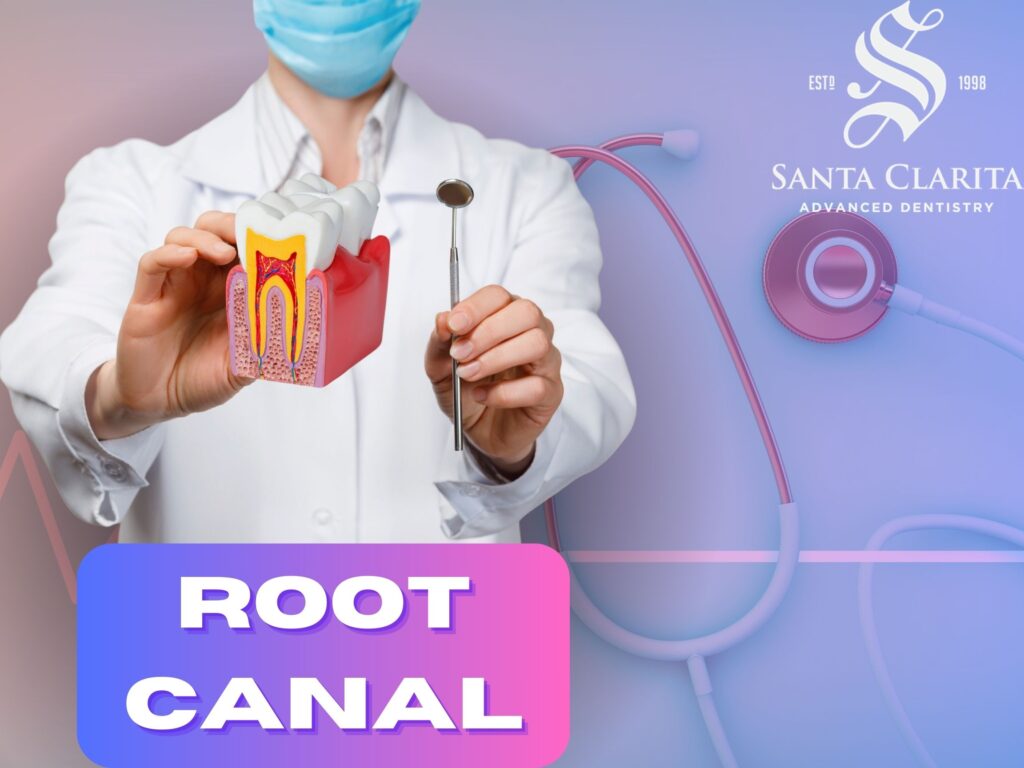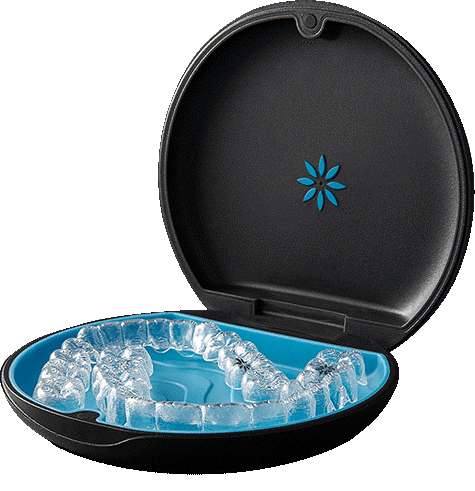Root Canal Overview
What is A Root Canal?
First, you should know that a root canal is a treatment for infections in the tooth pulp. What is the tooth pulp? Tooth pulp is the inner most layer of your tooth. It contains nerves, blood vessels, specialized cells and connective tissues, which provides nutrients for your tooth.
In essence the tooth pulp is what keeps your tooth alive, and a root canal treat infections to this area.
Why Would I Need A Root Canal?
As we mentioned above, a root canal is treating infections to the tooth pulp. Therefore, you may need a root canal ( endodontic therapy) if you have some type of infection in your tooth pulp. Your pulp may catch some type infection by one of two ways. First, you have a deep cavity that requires treatment. Second, you may have a cracked or damaged tooth, and bacteria from plaque may reach and infect the pulp.
Signs You May Need Treatment:
As stated above a deep cavity may cause infection to the pulp in your tooth. Additionally a severely damaged tooth can also lead infection. Below, we listed a few other scenarios where you may have an infection:
- Tooth pain that doesn’t go away. Lots of things make your teeth hurt. But pain that’s deep in a tooth or that spreads to your jaw, face or other teeth may mean you have an infection.
- Pressure hurts. If your tooth hurts when you eat or touch it, it may mean something damaged the nerves around your tooth pulp.
- Swollen gums. If you have an infected tooth, your gums may swell or feel tender.
- Pimple on your gums. Infected teeth can create pimples or boils on your gums that ooze smelly pus.
- Swollen jaw. Your jaw may swell from pus that doesn’t drain away from your infected tooth.
- Discolored tooth. Tooth pulp infection keeps blood from getting to your tooth. That makes your tooth turn dark.
- Loose tooth. Pus from infected tooth pulp can soften the bones supporting your tooth, making your tooth feel loose.
What Happens During A Root Canal?
Fist, your dentist will take X-rays of the affected tooth. After, they may do one or more of the following steps:
- Check for sensitivity of the tooth by gently tapping on it.
- Perform an ETP (electric pulp test) and send electrical currents through your tooth to see if the pulp reacts. Note, the currents will start low and gradually increase.
- Signs of swelling in the gums and around the tooth will be checked.
After your dentist has determined that you need a root canal, the following steps will follow:
- Your dentist injects anesthesia to numb your infected tooth and nearby gum. If you have dental anxiety, your provider may give you medications to help you relax.
- Next, your dentist places a dental dam over your infected tooth and nearby gums.
- After, they’ll drill a tiny hole in your tooth’s crown so they can get to your tooth pulp.
- Then, they use tiny dental instruments to remove nerves, blood vessels and tissues inside your tooth pulp.
- After clearing out pulp, your provider cleans and disinfects your pulp chamber and root canals.
- Next, they fill the empty pulp chamber and root canals with a flexible, rubbery dental material called gutta-percha.
- Your provider then seals your tooth with a temporary dental filling. The seal keeps bacteria from getting into your tooth.
- In the last step, your provider places a dental crown on your treated tooth. Dental crowns protect your teeth and restore your bite — the way your teeth fit together when you bite down. Dental crowns are typically made to order, so it may be two or three weeks before this last step happens.
How Long to Recovery?
It commonly takes less than a week to recover, but every case is different. However, is tooth pain persists for more than a week, be sure to contact your dental office. Common steps you will take during this period are similar to ones recommended after a wisdom tooth extraction. For example:
- Eating soft foods for the first few days after treatment. Like yogurt, soups, chowder, ice cream and things like this.
- Also. avoid chewing on your treated tooth if you’re waiting on your permanent crown.
- Next, if you smoke, try to take a break after your root canal because smoking makes it harder for your tooth to heal.
- Brushing your teeth after every meal and flossing once a day.
- Using an antibacterial mouthwash to keep germs at bay.
Conclusion
We went over a brief overview for dental root canals. Note that this is pretty general information, your case may differ slightly. The good news is that your dentist or surgeon will take care you and provide you with the necessary details.
If you think you may need a root canal, please contact our office to set an appointment.


